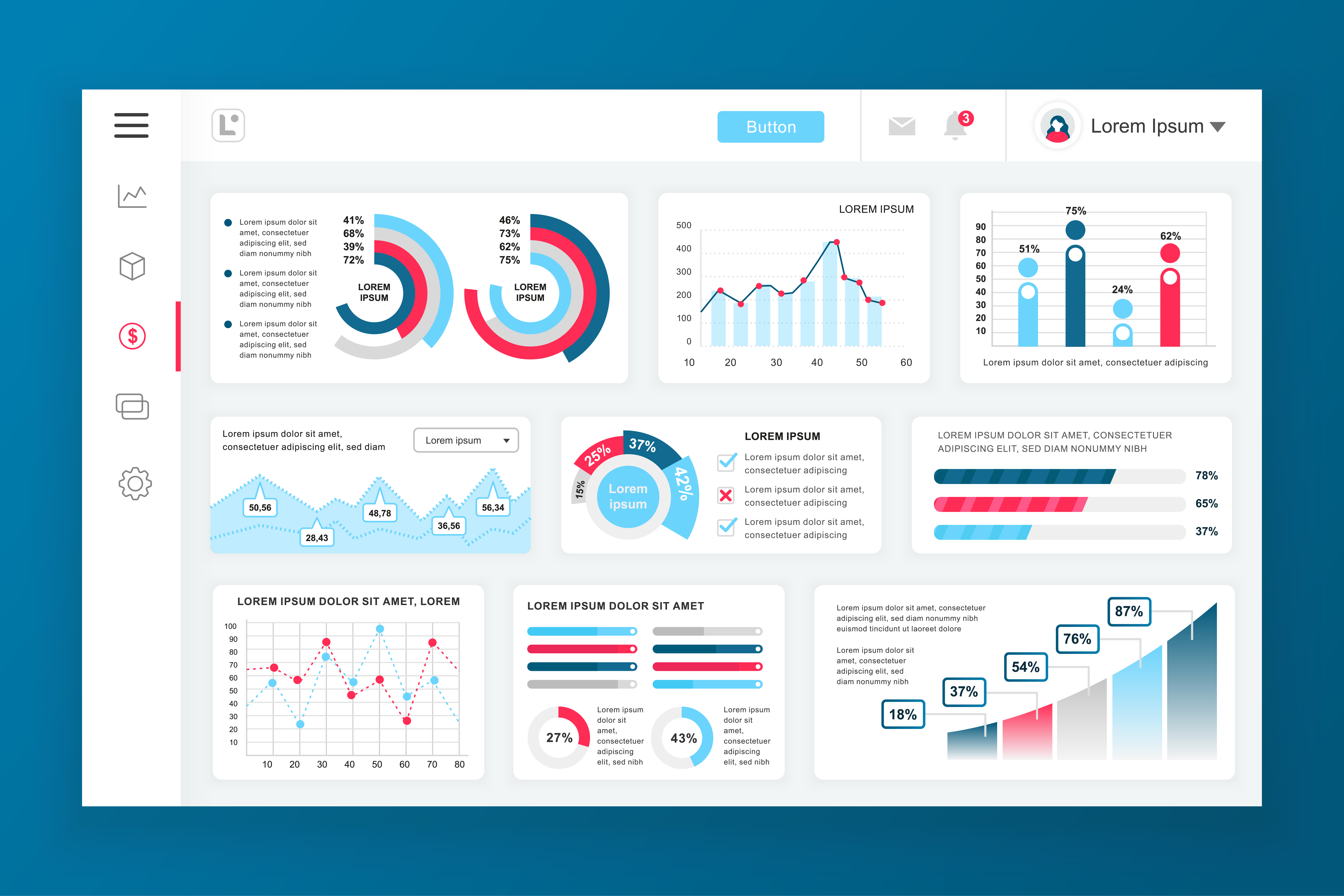

- #Victorian style model taskboard update
- #Victorian style model taskboard plus
- #Victorian style model taskboard windows
For example, you can add estimates or update Remaining Work.Īctions icon, and then choose Edit title. This quick update feature is useful when you need to update many work items at once. You can update most fields shown on the card. In this case, the State field updates from Doing to Done.Īnother handy feature is to update a field without having to open the work item. Moving the card from In Progress to the Done column on the Task board, for example, updates the corresponding State field. To change the order or stack ranking of a work item, you drag a card up or down within a column. To update status of a work item, you simply drag-and-drop cards to a different column. Making daily or frequent updates helps everyone on your team stay in sync with what's been done and what needs doing next. Using the board views provides you with quick and easy ways to update work items as work progresses. When you're done with your changes, choose Save.
#Victorian style model taskboard plus
Plus icon and enter the name of a field you want to add. For example, Show Remaining Work only applies to tasks and perhaps bugs, but not to user stories or product backlog items. Don't be surprised if the options change when you choose a different work item type. Repeat this step for each work item type you want to change. You change the way cards appear on the Taskboard in the same way you change the appearance of cards on Kanban boards. Add or remove fields from cards on the Taskboard If you're new to working with these tools, see Sprint planning. Also, add fields with information that you can use to filter the board. Taskboard is stable, flat, and will not wa. It’s easy to cut with scissors or a craft knife, and also cuts beautifully with laser cutters with minimal scorch marks. Or, you can show fields based on updates when using the Taskboards. + 1 0.00 Ideal for sculpture and model making, Taskboard is an ultra-light, low-density sheet material sustainably made from forestry wood. Your best bet is to show fields on cards based on what your team frequently refers to. Does your team like to refer to work items by their ID? Do they want to see estimates? Do they want to highlight work items according to set criteria? Or, do just the bare bones of title and assignment suffice? It all depends on what's of interest to your team. You can either increase or simplify the information that displays on your cards. Apply styling rule to display tasks with Priority=1 as green.Show all core fields: ID, Assigned To, Remaining Work, Tags.WHAT IS IT The model aims to illustrate how employees perform a project execution, visualize the task's processing, and depict the Burndown Chart, which integrates the description of the work to do (scope), the deadlines for its execution (schedule), and the calculation of its.

In the card shown below, the following customizations have been set for the task work item type (WIT): TaskBoard is a Task Board Agent-Based Model programmed in NetLogo. To make severity 1 bugs stand out, a styling rule has been added to cause the card to display as yellow. It also shows three other fields and tags. In this example, the bug work item type (WIT) shows all the core fields. In case you're not seeing the desired work items on your backlog or board, see Set up your backlogs and boards to configure them according to your preferences. By 1887, bright earth tones like burnt sienna and mustard yellow were in vogue.For more information, see Backlogs, boards, and plans. Vibrant colors. Before the Victorian era, most houses were painted all one color, usually white or beige.Towers. Some high-end Victorian homes are embellished with a round or octagonal tower with a steep, pointed roof.One-story porch. A large, wraparound porch with ornamental spindles and brackets is common, especially in the Queen Anne style.
#Victorian style model taskboard windows
The Second Empire Victorian style has a flat-topped Mansard roof with windows in the side to allow for maximum space inside the house. Steep, multi-faceted roof or Mansard roof. Victorian homes often have steep, imposing rooflines with many gables facing in different directions.Textured wall surfaces. Scalloped shingles, patterned masonry or half-timbering are commonly used to dress up Victorian siding.Decorative trim. Commonly called "gingerbread," Victorian homes are usually decorated with elaborate wood or metal trim.Complicated, asymmetrical shape. Unlike the boxy Greek revival style, Victorian homes have wings and bays in many directions.The Victorian style of covering walls in pictures can look great in a modern living room. They can look great when you balance the ornate wallpaper with minimalist fixtures and decor. Wood or stone exterior. The majority of Victorian styles use wood siding, but the Second Empire and Romanesque styles almost always have outer walls made of stone. Patterns made by the Victorian designer William Morris are especially popular right now.Two to three stories. Victorian homes are usually large and imposing.


 0 kommentar(er)
0 kommentar(er)
